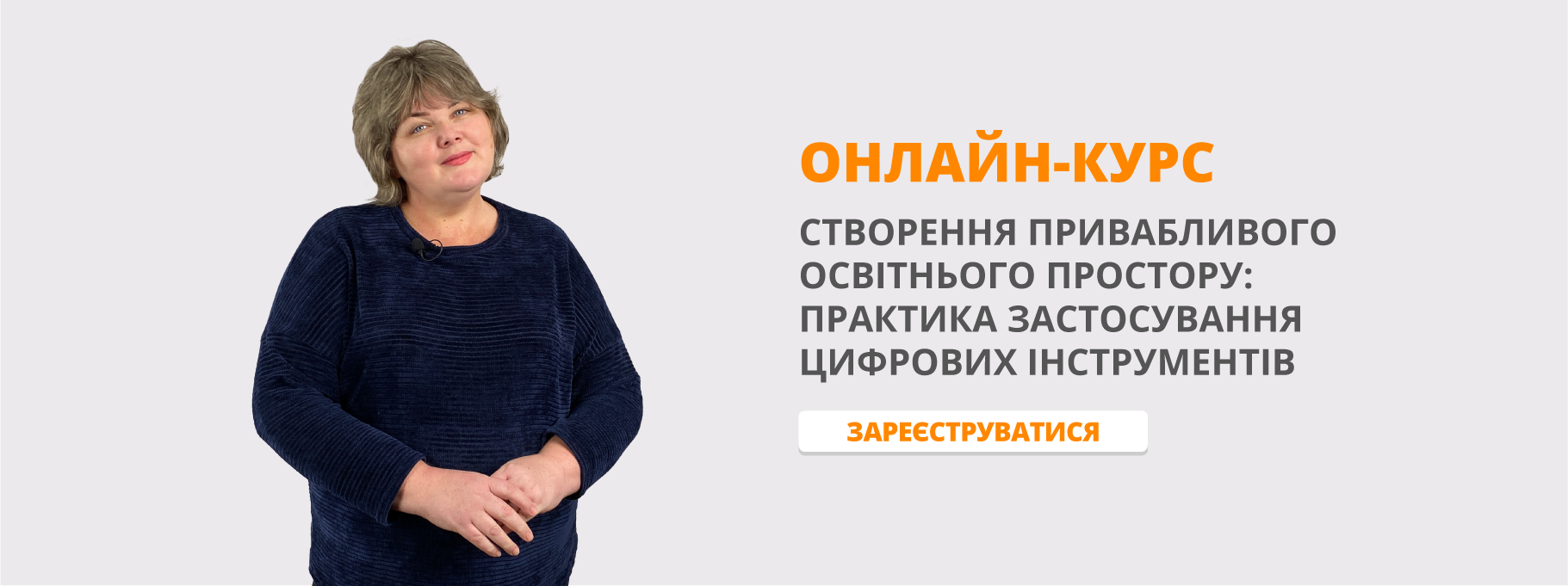Planning a balanced diet
Topic: “Planning a balanced diet”
Life skills objectives: to learn about a balanced diet; to assess your own diet; to plan a balanced diet for the weekend
to develop students’ reading skills, speaking skills; to develop abilities to express thoughts
I. Warm up
Work with a partner. How many types of food and drink on the eatwell plate can you name? What are they? Match the food groups to the different percent of food you should consume.
1. bread, rice, potatoes, pasta 12 %
2. fruit and vegetables 15 %
3. foods and drinks high in fat and / or sugar 33 %
4. meat, fish, eggs, beans 7 %
5. milk and dairy foods 33 %
The key:
1. bread, rice, potatoes, pasta 33 %
2. fruit and vegetables 33 %
3. foods and drinks high in fat and / or sugar 7 %
4. meat, fish, eggs, beans 15 %
5. milk and dairy foods 12 %
II Main part
1. Vocabulary focus
carbohydrate (n): Carbohydrates come from pasta, rice, cereals and they give us energy.
protein (n):: Proteins come from meat and fish and build and repair muscles, skin and hair.
fat (n): Fats come from milk, meat and oil and give energy and insulation, but they are unhealthy in large quantities.
balanced (adj): A balanced diet contains a good mixture of all the different food groups.
2. Read the text about the eatwell plate and find out why it is useful and how you use it.
The eatwell plate
The eatwell plate makes healthy eating easy to understand by showing the types & quantities of foods we need to have a healthy & well-balanced diet. It shows how much of what you eat should come from each group.
You should eat plenty of fruit and vegetables. Fruit and vegetables give us vitamins, fibre and energy. People need to eat five portions of fruit and veg every day, but they don’t usually do it.
You should eat bread, rice, potatoes and pasta. These foods give us fibre and energy. Like fruit and vegetables, they should be about a third of what we eat in a day. Some people worry about eating carbohydrates because they think they make you fat. But these foods give us important nutrients, and low carbohydrate diets often have a lot of fat.
You should eat some milk & dairy products. Milk, cheese and yoghurt are very important because they give us protein, vitamins and calcium. The only problem is that they can contain a lot of fat and this can be bad for our hearts. So, either control how much you eat or choose products with low fat, like skimmed or semi-skimmed milk.
You should eat some meat, fish, eggs and beans. These are a good source of proteins, vitamins and minerals. Meat also contains fat, so try to eat meat with only very little fat and prepare it without much oil. Fish contains very important proteins, and oily fish contains omega 3 fatty acids. Omega 3 is good for your heart.
Eat just a small amount of food & drinks high in fat or sugar. Fat and sugar give us energy. But eating a lot of fat and sugar makes us have more energy than we need or can use. Look for low fat alternatives instead and try to eat fatty foods only occasionally. Limit cakes, sweets, biscuits and fizzy drinks that contain a lot of sugar.
So, remember to use the eatwell plate. Try to get the balance right it right for a whole day or week. And try to choose options that are low in fat, salt & sugar when you can.
3. Read the text again and make notes about each food group. Answer these questions.
1. Why is it good for you?
2. Are there any possible problems?
4. Speaking. Work in small group. Is your diet balanced like the eatwell plate? Give reasons for your answers.
5a. Think about yesterday. Did you eat five portions of fruit and vegetables? Complete the “You” column in this table.
|
Yesterday |
You |
Your partner |
|
Portion 1 |
|
|
|
Portion 2 |
|
|
|
Portion 3 |
|
|
|
Portion 4 |
|
|
|
Portion 5 |
|
|
5b. Speaking. Work with a partner. Ask questions and complete the “Your partner” column. Are you eating the right amount of fruit and vegetables?
6. Four teenagers are talking about their favourite snacks. Listen to the first half of the video. Match the person with the smack.
1. Amelia a yoghurt
2. Kieran b fruit or a milkshake
3. Molly c a cheese sandwich, yoghurt and milk
4. George d cereal or a cereal bar
7a. Listen to the second part of the video. Which two speakers think their snacks are very healthy? Which two speakers think their snacks are quite healthy? Why?
7b. Speaking. Work in a small group and discuss your answers.
7c. In your group, talk about your favourite snacks. How healthy do you think they are?
III. Summing up.
What have you done at the lesson? What have you learned? Was it interesting?
Hometask: You and your friends are spending a weekend together. You want to plan a balanced diet for the weekend. Work in a small group.
Follow the plan:
1. Decide what to eat for breakfast, lunch and dinner on Saturday and Sunday. Make sure you have a balance of all the different food groups, and that your meals are attractive. Use the eatwell plate and any other information on the Internet for ideas.
2. Decide how to present your balanced weekend diet to the class. You could create a poster or prepare a computer presentation.
3. Vote for the winning weekend food plan!


про публікацію авторської розробки
Додати розробку
